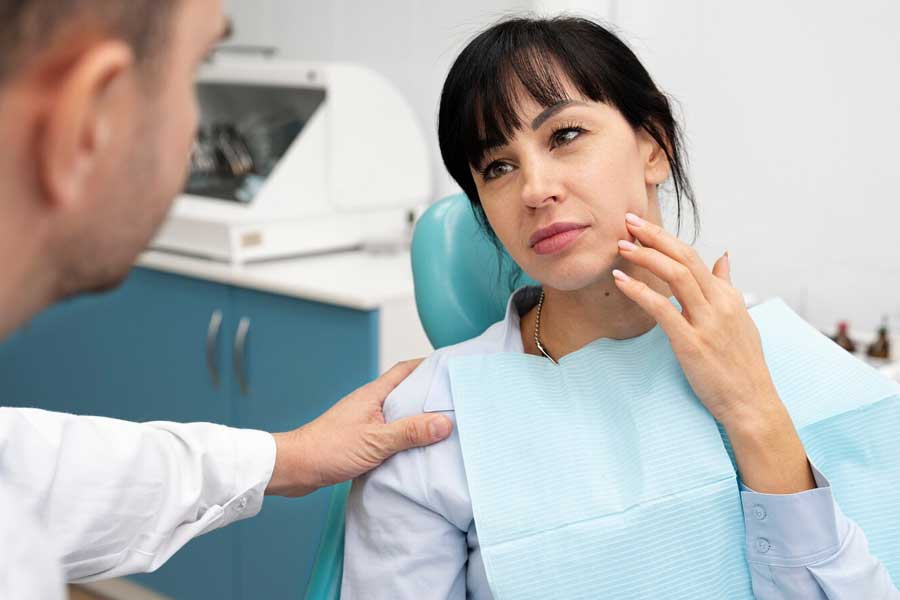
Tooth extraction is a common dental procedure that may be necessary due
to severe decay, infection, gum disease, or overcrowding. While the procedure
itself is performed under anesthesia, proper aftercare is essential to ensure a
smooth recovery and avoid complications. Neglecting post-extraction care can
lead to problems such as excessive bleeding, infections, or dry socket.
Understanding the necessary steps for aftercare can help speed up the healing
process and prevent discomfort.
Post-Extraction Care and Healing Process
After tooth extraction, the body immediately starts the healing process.
However, certain precautions must be taken to ensure a quick and pain-free
recovery.
1. First 24 Hours: Critical Healing
Stage
- Bite down on the gauze placed by
the dentist to stop bleeding and help clot formation. Keep it in place for
at least 30–45 minutes.
- Avoid spitting, rinsing, or
drinking through a straw, as these actions can dislodge the blood clot.
- Rest and avoid physical activity
to prevent excessive bleeding.
2. Managing Pain and Swelling
- Apply an ice pack to the cheek
near the extraction site for 10–15 minutes at a time to reduce swelling.
- Take pain relievers as prescribed
by your dentist or use over-the-counter medications such as ibuprofen.
- Keep your head elevated while
sleeping to minimize swelling.
3. Eating and Drinking Recommendations
- Stick to soft foods like yogurt,
smoothies, mashed potatoes, and soup for the first few days.
- Avoid hot, spicy, crunchy, or
acidic foods that can irritate the wound.
- Drink plenty of water but avoid
carbonated or alcoholic beverages.
4. Oral Hygiene and Cleaning
- Do not brush or rinse your mouth
for the first 24 hours.
- After 24 hours, gently rinse with
warm salt water to keep the area clean and promote healing.
- Avoid smoking or using mouthwash
containing alcohol, as they can slow down the healing process.
5. Recognizing Signs of Complications
- If you experience severe pain
after a few days, bad breath, or an unpleasant taste, you may have a dry
socket, which requires immediate dental attention.
- Excessive bleeding, pus
formation, or fever may indicate an infection. Contact your dentist if you
notice any of these symptoms.
Conclusion
Proper care after tooth extraction is crucial for a smooth and speedy
recovery. By following the recommended guidelines, such as controlling
bleeding, managing pain, maintaining oral hygiene, and eating the right foods,
you can minimize discomfort and avoid complications. If any unusual symptoms
arise, it is essential to consult your dentist promptly. A well-managed
recovery ensures not only healing but also the long-term health of your gums
and teeth.
